Discover the rich history and diverse techniques of Ottoman arts, including calligraphy, marbling, and miniature painting, and their lasting influence on modern creativity.The vibrant arts of the Ottoman Empire, characterized by intricate calligraphy, captivating marbling, and exquisite miniature painting, represent a rich cultural heritage that has shaped artistic expressions for centuries. This article delves into the historical context and evolution of these art forms, revealing how they not only reflected the empire's values and beliefs but also showcased the skills of talented artisans. With roots steeped in tradition and profound influences from Persian and Byzantine cultures, Ottoman art flourished as a unique expression of creativity and spirituality. Through the exploration of techniques, materials, and prominent artists, we invite you to discover how the legacy of Ottoman arts continues to inspire modern creativity. Join us as we embark on this artistic journey through history, examining the significance and enduring charms of calligraphy, marbling, and miniature painting in the Ottoman Empire.
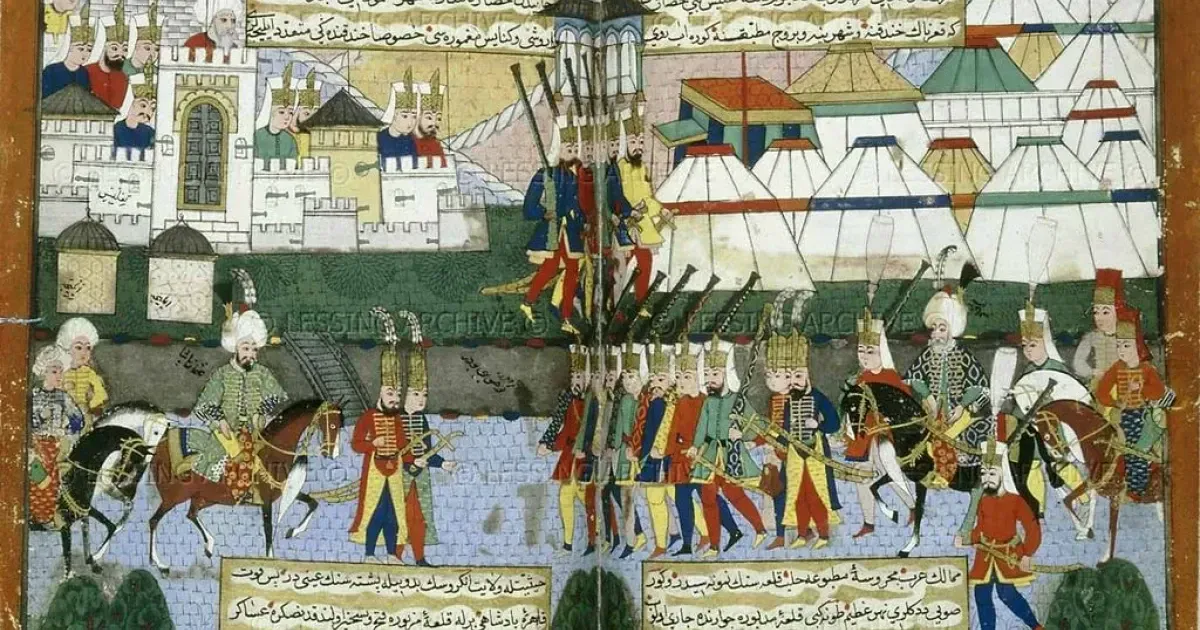
The Historical Context of Arts in the Ottoman Empire
The arts in the Ottoman Empire flourished during a period of immense cultural and political development, spanning from the late 13th century until the early 20th century. The empire's strategic position between Europe and Asia facilitated a rich exchange of ideas, traditions, and artistic practices, allowing for a unique synthesis of various influences.
During the early years of the empire, particularly under the reign of Suleiman the Magnificent (1520-1566), there was a notable flourishing of the arts, marked by patronage from the sultan and the elite. This era saw the establishment of a court culture that highly valued sophistication in artistic expression, leading to the emergence of distinct styles in calligraphy, marbling, and miniature painting.
Religious and cultural factors played a significant role in shaping the arts in the Ottoman Empire. The art forms were closely linked to Islamic traditions, which often emphasized the importance of calligraphy as an expression of divine word. This connection elevated calligraphy to a revered status, making it not only an art form but also a form of religious devotion. Additionally, the empire's diverse population fostered a blending of styles, incorporating elements from various cultures, including Persian and Byzantine art, which further enriched the artistic landscape.
As the empire expanded, so did its artistic reach. Artistic schools were established, and guilds formed, ensuring that the arts in the empire were both regulated and supported. These institutions were essential for training future artists and preserving traditional methods, while also allowing for experimentation and innovation. Over the centuries, the tapestry of Ottoman art evolved, producing a legacy that continues to influence modern artistic practices.
How Calligraphy Became a Distinguished Art Form
Calligraphy emerged as one of the most significant arts in the Ottoman Empire, elevating the written word into a sophisticated and revered artistic discipline. Rooted in the Islamic tradition, calligraphy was not merely a means of communication; it was an expression of spirituality and culture. Artists known as caligraphers dedicated themselves to mastering this intricate craft, which involved the development of unique scripts and styles.
The most notable style in Ottoman calligraphy is the Diwani script, characterized by its fluidity and elegance. This script became particularly popular among the elite and is often associated with the administrative and bureaucratic functions of the empire. Additionally, the Riq'a and Thuluth scripts also gained prominence, each with its own distinct features and uses. The rigorous training involved in learning calligraphy meant that practitioners often spent years perfecting their skills.
The art form was heavily influenced by the teachings of famous calligraphers from earlier Islamic dynasties, particularly the Abbasids and the Safavids. To achieve the desired aesthetic, calligraphers used specific tools, such as the ghahwaz (a type of reed pen) and various inks, crafted from natural materials. The integration of decorative elements, such as gold leaf and intricate embellishments, further enhanced the overall impact of their works.
Beyond its functionality, Ottoman calligraphy served as a key element in various forms of art, including manuscript illumination and architectural decoration. Calligraphy adorned everything from book covers to mosque interiors, symbolizing not only artistic excellence but also the divine nature of the texts. This elevation of the written word into an art form reflects the broader cultural and spiritual values of Ottoman society, making calligraphy a distinguished aspect of the numerous arts in the empire.
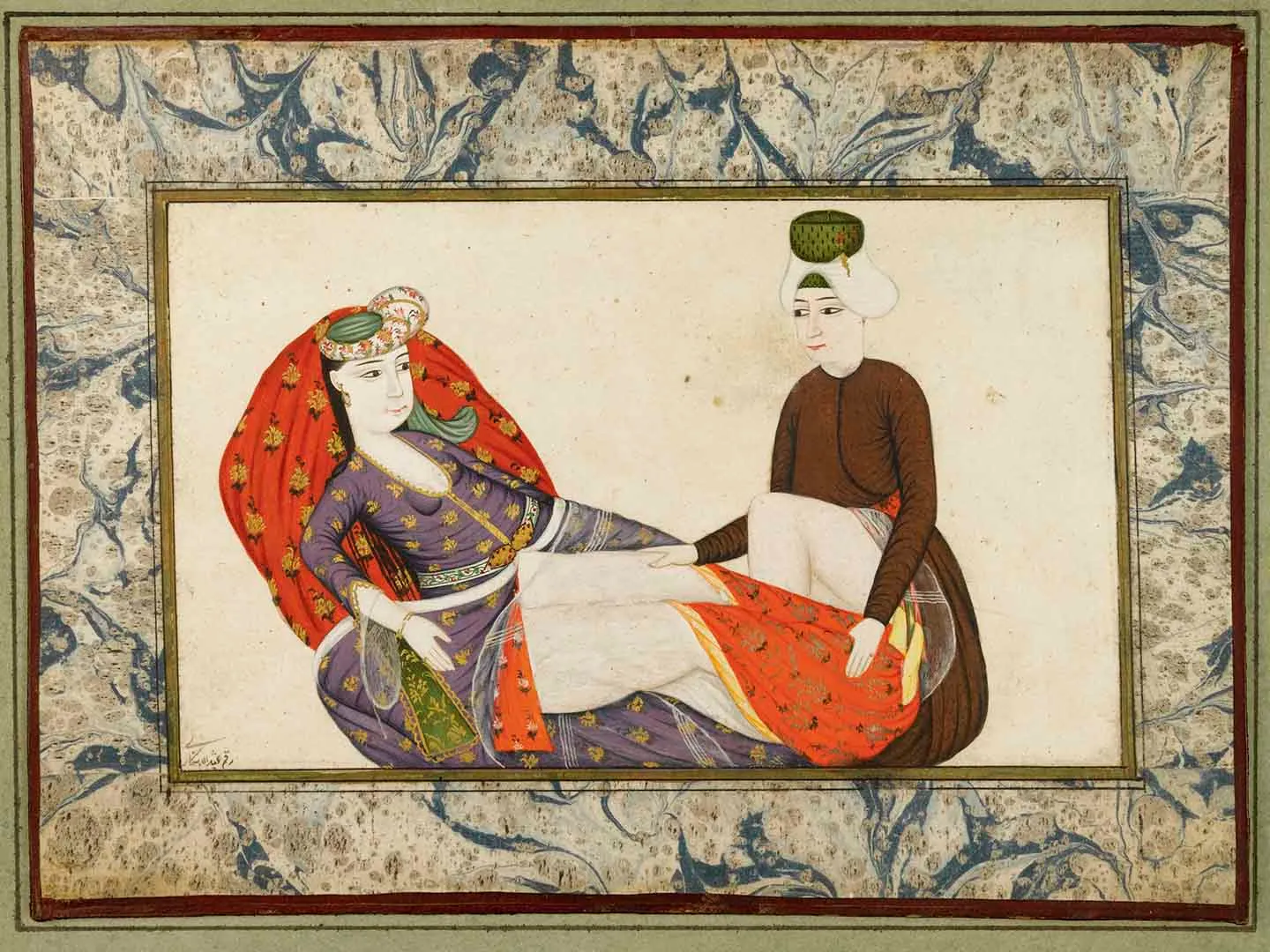
Techniques Behind Traditional Ottoman Marbling Art
Traditional Ottoman marbling art, known as ebru, is a mesmerizing technique that creates intricate patterns on paper. This ancient craft blends water, paint, and natural materials, resulting in unique designs that reflect the harmony and fluidity of nature. The process requires careful skill and a deep understanding of the materials involved. Here are some key techniques that define this exquisite art form:
- Preparation of the Water: The first step in creating ebri involves preparing a special solution of water mixed with a natural thickening agent, such as horse serum or tragacanth. This mixture gives the water a gelatinous consistency that allows paints to float on the surface.
- Use of Natural Pigments: Traditional Ottoman marblers utilize natural dyes sourced from plants, minerals, and insects to create their colors. These pigmented mixtures are carefully blended with water to ensure they maintain their buoyancy on the surface.
- Application of Paints: Using thin brushes or styluses, artisans gently drizzle the paint onto the water’s surface, allowing it to spread and create abstract shapes. The key here is the control and fluidity with which the paint is applied, leading to various patterns depending on the movement.
- Manipulation of Patterns: Once the colors have been applied, skilled artisans use tools such as combs or styluses to manipulate the paint, creating swirls, waves, and other elaborate designs. This stage requires creativity and an artistic eye to achieve the desired outcomes.
- Transferring the Design: The final step involves carefully placing a sheet of paper onto the water's surface, lifting it to reveal the marbled design. The patterns are then allowed to dry, resulting in stunning pieces that embody the essence of arts in the Ottoman Empire.
The techniques of marbling reflect the unique cultural identity of the Ottoman era, where artistic expression thrived amidst the convergence of various influences. The mastery of ebru art continues to captivate artists and admirers alike, showcasing its enduring legacy in the world of art.
Exploring the Origins of Miniature Painting in the Empire
Miniature painting has a rich history in the Ottoman Empire, deeply intertwined with the cultural and artistic fabric of the period. This exquisite form of arts in the Ottoman Empire traces its origins back to earlier Islamic art influences, particularly Persian and Arab traditions. These miniature paintings were not merely decorative; they served as storyboards for historical events and romantic tales, capturing the essence of the subjects they depicted.
The earliest examples of Ottoman miniature painting can be seen in the early 15th century, where a fusion of influences from Central Asia and the Islamic world took root. It was within the vibrant court culture of the Ottoman sultans that this art form found its most significant patronage. Artists were often commissioned to create detailed works that illustrated scenes from literature, history, and daily life, further promoting the popularity and recognition of miniature painting.
In the 16th century, during the reign of Suleiman the Magnificent, miniature painting reached its zenith, reflecting the empire’s affluence and cultural expansion. Artists like Nakkaş Osman played pivotal roles in evolving the style, introducing greater attention to detail, enhanced color palettes, and a more intricate approach to composition. Unlike Western Renaissance art, which prioritized realistic depiction, Ottoman miniatures emphasized stylization and narrative depth, often incorporating symbolic elements to convey deeper meanings.
As the arts in the Ottoman Empire developed, miniature painting also embraced new themes, including nature, portraiture, and mythology. The transition from traditional religious content to more secular themes illustrated the changing socio-political landscape of the empire as it expanded its influence across diverse territories. This evolution showcased a blend of styles, merging local motifs with broader artistic trends that included influences from Chinese and Indian art.
Ultimately, the legacy of Ottoman miniature painting remains influential, echoing in contemporary artistic expressions. Its techniques continue to inspire modern artists who seek to explore and innovate this timeless craft, ensuring that the roots of this unique form of arts in the Ottoman Empire continue to thrive in new contexts.
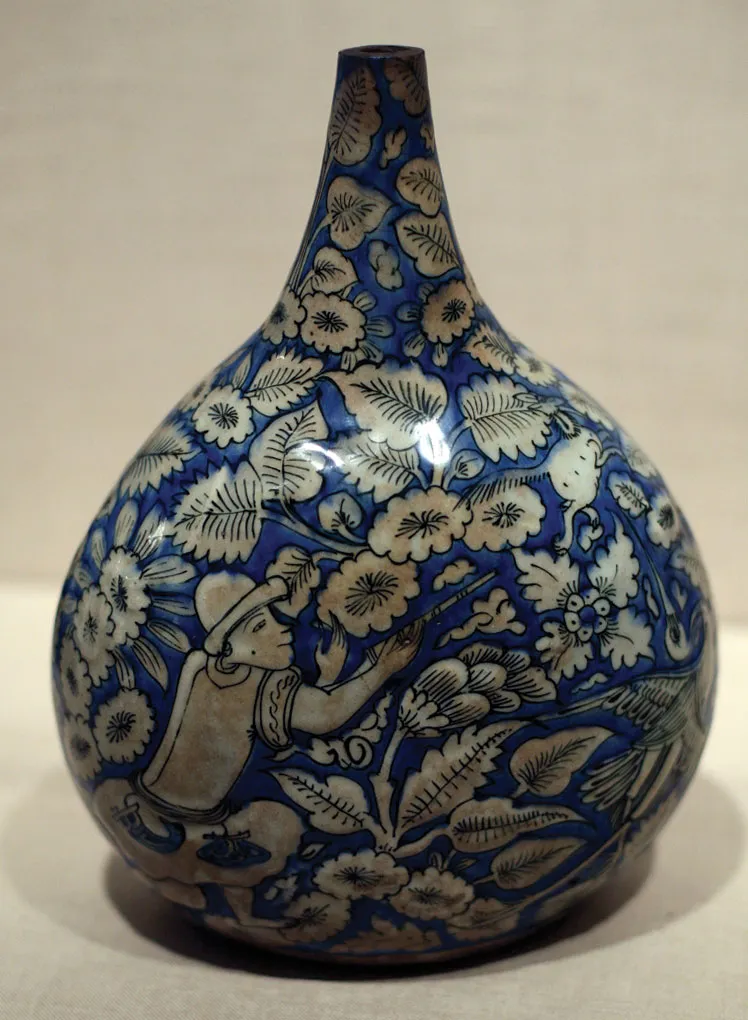
The Role of Religion in Shaping Ottoman Artistic Expression
The interplay between religion and the arts in the Ottoman Empire was profound, reflecting the empire's Islamic foundation and the significant influence of the Quran and hadith on artistic practices. Religion was not just a backdrop; it was a driving force that shaped themes, techniques, and the function of various art forms within the Ottoman cultural landscape.
Islamic teachings emphasized aniconism, leading artists to explore abstraction and calligraphy instead of figurative representations. As a result, arts in the Ottoman Empire predominantly featured intricate geometric patterns and beautiful script, which conveyed spiritual messages while adhering to religious beliefs. This calligraphic art was revered, with the script itself considered a form of worship due to its connection to the words of God.
Moreover, religious architecture played a crucial role in the promotion of artistic expressions, with mosques and madrasas showcasing elaborate tile work, beautiful calligraphy, and detailed marbling. These buildings served not only as places of worship but also as galleries of art, celebrating the divine. The Ottomans took pride in their ability to create structures that were both functional and aesthetically pleasing, using artistic elements as a means to glorify God.
The patronage of the sultans and the wealthy elite also stemmed from religious motivations. Many artists were commissioned to create works that directly related to religious themes, such as the embellishment of mosques, the production of illuminated manuscripts, and the crafting of religious texts. This patronage was an essential aspect of the arts in the Ottoman Empire, ensuring that religious art flourished and evolved.
In summary, religion was not just a theme in Ottoman art but rather the foundation upon which it was built. The confluence of spiritual beliefs and artistic expression created a rich tapestry of culture, with the arts in the Ottoman Empire forever marked by this essential relationship.
Influence of Persian and Byzantine Arts on Ottoman Creations
The development of arts in the Ottoman Empire was significantly influenced by the rich artistic traditions of Persia and Byzantium. As the empire expanded its borders, it was exposed to a plethora of artistic styles and techniques that contributed to the unique blend of cultural influences element in Ottoman creations.
Persian art, known for its intricate designs and vibrant colors, had a profound impact on Ottoman miniature painting, particularly in the use of fluid lines and stylized motifs. The Ottomans adopted various themes from Persian poetry and literature, integrating them into their artworks. This cross-cultural exchange enhanced the emotional depth and narrative quality in Ottoman miniatures, showcasing a fusion of storytelling traditions.
On the other hand, Byzantine art, with its majestic iconography and religious themes, played a crucial role in shaping the spiritual expressions found in Ottoman calligraphy and decorative arts. The Ottomans borrowed elements from Byzantine mosaics and frescoes, especially in their architectural designs. This blending is evident in structures such as the Hagia Sophia, where the grandeur of Byzantine art is harmoniously combined with Islamic motifs.
Moreover, the techniques of gilding and the use of elaborate patterns found in Byzantine manuscripts deeply influenced Ottoman book arts. The incorporation of these styles resulted in a distinctive artistic language, which was not only aesthetically pleasing but also served as a medium for religious and cultural narratives.
Ultimately, the interplay between Persian and Byzantine influences allowed the arts in the Ottoman Empire to emerge as a dynamic and evolving field, characterized by innovation while still paying homage to its ancestral roots. This rich legacy continues to inspire modern artists and art forms, ensuring that the traditions of the past remain relevant in contemporary creativity.

Materials and Tools Used in Ottoman Calligraphy and Painting
The arts in the Ottoman Empire relied heavily on specific materials and tools that were essential for calligraphy and painting. These elements not only defined the technical aspects of the artworks but also contributed to the overall aesthetics that characterized this rich artistic tradition.
Key materials used in Ottoman calligraphy include:
| Material | Description |
|---|---|
| Paper | High-quality papers with a smooth surface, often imported from Europe or produced locally, were used to create manuscripts and calligraphic works. |
| Ink | Specially formulated inks made from soot or plant-based sources were used to achieve deep, rich colors. The ink was often mixed with a binding agent to enhance its adherence to the paper. |
| Pens | Qalam, or reed pens, were the primary tool for calligraphy. The pen's nib was carefully shaped to create various stroke widths, allowing artists to express their skills. |
In terms of painting materials, artists utilized:
| Material | Description |
|---|---|
| Paints | Natural pigments derived from minerals, plants, and insects formed the basis of Ottoman paints. These pigments were ground into fine powders and mixed with a binder, typically gum arabic, to create vibrant colors. |
| Brushes | Brushes made from animal hair were crafted in various sizes to allow for detailed work and fine lines in miniature paintings. |
| Gold Leaf | Thin sheets of gold were applied to enhance the visual impact of both calligraphy and miniatures, adding a sense of luxury and opulence to the artworks. |
The tools and materials used in Ottoman arts in calligraphy and painting not only showcased the artists' technical proficiency but also reflected the cultural values and aesthetics of the time. These elements played a significant role in preserving history and expressing the rich heritage of the Ottoman Empire through art.
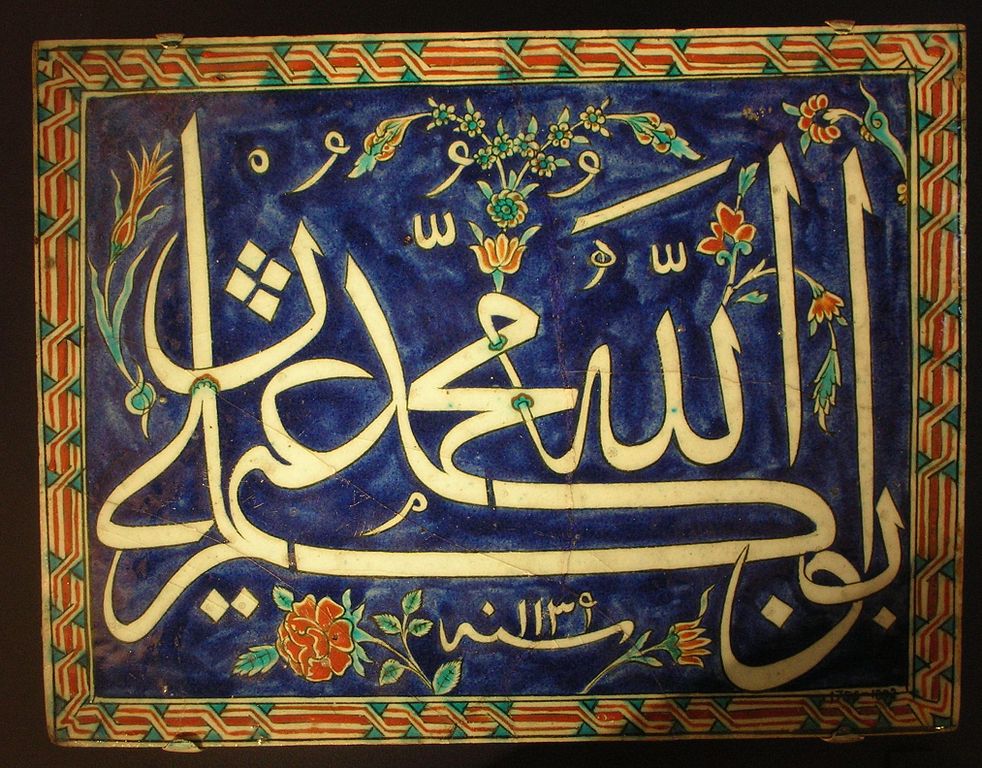
The Evolution of Styles in Ottoman Arts Through the Centuries
The evolution of styles in Arts in the Ottoman Empire reflects the dynamic cultural landscape and historical influences that shaped the empire over its more than six-century span. As the empire expanded, it absorbed a diversity of artistic traditions, leading to a rich tapestry of styles in calligraphy, marbling, and miniature painting.
In the early stages, Ottoman art was heavily influenced by Persian and Byzantine traditions, characterized by intricate designs and a lavish use of color. The Arts in this period saw a blend of Islamic and pre-Islamic motifs, with religious themes often dominating the subject matter.
During the 16th century, under the patronage of Suleiman the Magnificent, a golden age of Ottoman art emerged. This period is marked by the development of unique styles in calligraphy, where masters like Ahmed Karahisari and Sheikh Hamdullah refined the art, creating fluid scripts that conveyed both beauty and spirituality. Miniature painting also flourished, with artists such as Nakkaş Osman innovating techniques to create more dynamic scenes and detailed narratives.
The 17th and 18th centuries saw an increasing western influence, with European artistic styles beginning to permeate Ottoman art. This resulted in a hybridization of styles, where more realistic representations of figures and landscapes coexisted with traditional Ottoman motifs. The Arts in this era displayed a fascination with perspective and chiaroscuro lighting, indicative of Baroque influences.
By the 19th century, as the empire faced significant political and social changes, so too did its artistic expressions. The introduction of new mediums and techniques, such as oil painting alongside traditional watercolors, led to further experimentation in Ottoman art. Artists began to explore themes of modernity and identity, reflecting their responses to the changing world.
| Century | Key Characteristics | Influences |
|---|---|---|
| 14th - 15th | Persian and Byzantine motifs, religious focus | Persian, Byzantine |
| 16th | Refined calligraphy and detailed miniature paintings | Islamic traditions |
| 17th - 18th | Introduction of western techniques, realism | European Baroque |
| 19th | Modern themes, oil painting techniques | Western modernism |
This evolutionary trajectory not only highlights the diverse influences on Ottoman art but also illustrates how the Arts in the empire evolved in response to internal and external pressures, culminating in a rich legacy that continues to inform contemporary artistic practices. Today, the reverberations of this vibrant history can still be felt, as artists draw inspiration from the nuanced styles and techniques of their Ottoman predecessors.
Prominent Artists and Their Contributions to Ottoman Art
The arts in the Ottoman Empire flourished under the patronage of various sultans who appreciated and nurtured artistic talent. Among these artists, several stand out for their innovative techniques and distinctive contributions that have significantly shaped the arts in this period.
One of the most renowned artists is Osman Hamdi Bey, who played a crucial role in the introduction of Western painting techniques into Ottoman art. His work, *The Tortoise Trainer*, not only showcases exquisite attention to detail but also reflects a unique blend of Eastern and Western artistic traditions. Osman Hamdi Bey's efforts helped elevate the status of painting, facilitating its acceptance in an era dominated by traditional forms like calligraphy and marbling.
Ahmed Karahisari, another key figure, is celebrated for his contribution to Ottoman calligraphy, particularly in the development of the “Divani” style. His precise forms and fluid lines have left a lasting impact, influencing generations of calligraphers. Karahisari was instrumental in solidifying calligraphy as a distinct artistic discipline within the arts in the Empire.
Levni, a famous miniature painter of the 18th century, is recognized for his vibrant colors and dynamic compositions. His work, *Surnâme-i Hümayun*, is an exceptional example of how miniature painting evolved during the empire, capturing events and scenes with a sense of liveliness that was both detailed and grandiose. Levni's miniatures often depicted court life, thereby providing valuable insights into the culture and society of the time.
Another prominent figure is Seyyid Nashrullah, whose work as a marbler is often hailed as groundbreaking. He developed unique patterns and styles in marbling, which were primarily used in bookbinding and as decorative elements in various artistic forms. Nashrullah's innovations contributed greatly to the arts in bookmaking during the Ottoman times.
These artists, alongside many others, have left an indelible mark on the arts in the Ottoman Empire, showcasing a synthesis of Eastern aesthetics and influences from neighboring cultures. Their legacies continue to inspire contemporary artists, serving as a bridge between the past and present artistic practices.
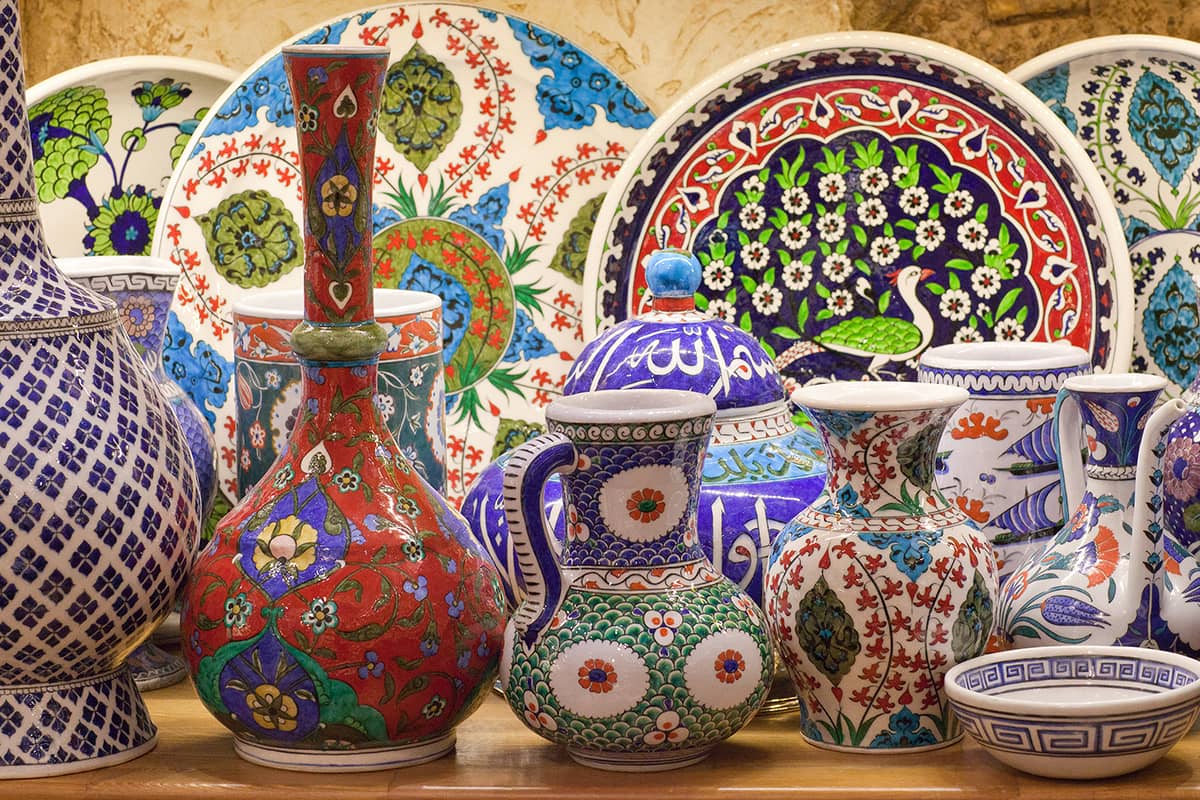
The Legacy of Ottoman Arts in Modern Artistic Practices
The rich arts in the Ottoman Empire continue to resonate within contemporary artistic practices. This legacy can be observed in various fields, including visual arts, architecture, and textile design. Many modern artists incorporate traditional Ottoman techniques and aesthetics, blending them with contemporary styles to create a unique fusion that honors the past while looking toward the future.
For instance, the intricate designs of traditional marbling art and calligraphy are increasingly being utilized in modern graphic design and illustration. Artists are experimenting with these ancient techniques, often adapting them to new mediums such as digital art, which widens their reach and enhances their relevance.
Moreover, architectural projects today often draw inspiration from Ottoman styles, employing elements like domes, arches, and intricate tile work. This is evident in various civic buildings and cultural centers that aim to capture the grandeur and elegance of Ottoman architecture.
Textile design is another area where the influence of Ottoman arts is prominent. Modern fabric designers frequently reference Ottoman motifs and patterns, incorporating them into clothing and home decor. This not only revitalizes these traditional designs but also introduces them to a global audience.
In addition, educational institutions and art workshops dedicated to teaching traditional Ottoman arts are on the rise, fostering a new generation of artists who value and wish to preserve these time-honored techniques. These initiatives ensure that the detailed and labor-intensive arts of calligraphy, marbling, and miniature painting are not lost but rather integrated into contemporary art paradigms.
Ultimately, the enduring legacy of Ottoman arts is a testament to their beauty and significance, and their continued relevance in modern artistic practices showcases the techniques and cultural narratives that define not just an era, but an ongoing story of artistic evolution.
Frequently Asked Questions
What role did calligraphy play in Ottoman culture?
Calligraphy was highly regarded in Ottoman culture, seen as a reflection of divine beauty and a key means of communicating religious texts, poetry, and official documents.
How is marbling art significant in the Ottoman Empire?
Marbling, or Ebru, is significant as it embodies both artistic expression and the intricate craftsmanship favored by the Ottomans, often used to embellish books and manuscripts.
What are the characteristics of miniature painting in the Ottoman Empire?
Ottoman miniature painting is characterized by its vibrant colors, intricate details, and the use of rigorous perspective techniques, often depicting historical events, nature, and daily life.
Who were the major artists in Ottoman calligraphy?
Some of the major artists in Ottoman calligraphy included Sheikh Hamdullah, known for his elegant scripts, and Mullah Ahmed, who developed styles that influenced generations.
How did Ottoman art reflect the empire's cultural diversity?
Ottoman art reflected cultural diversity through the incorporation of various styles and influences from the many cultures within the empire, blending Persian, Arab, and European artistic traditions.
In what ways did the government support the arts during the Ottoman Empire?
The Ottoman government supported the arts through patronage, establishing schools and workshops for artists and commissioning works for palaces and mosques, thus fostering a flourishing artistic community.
What is the legacy of Ottoman arts in today's society?
The legacy of Ottoman arts continues today, inspiring modern artists and craftsmen, and influencing contemporary design, literature, and visual arts in Turkey and beyond.

